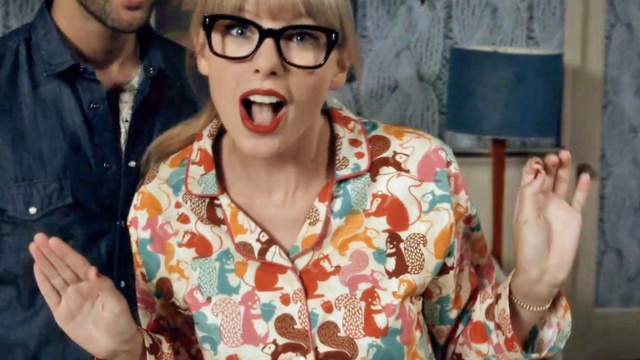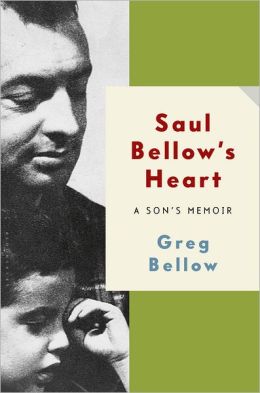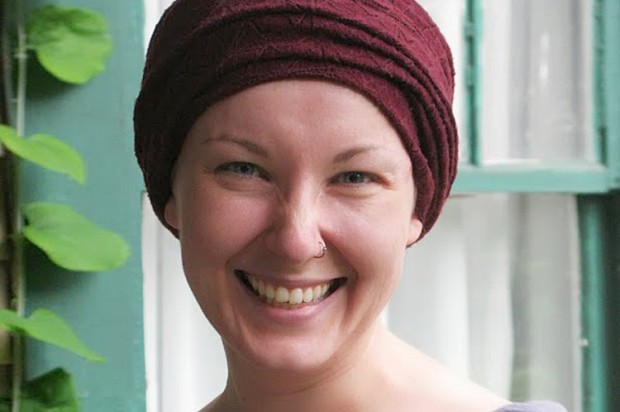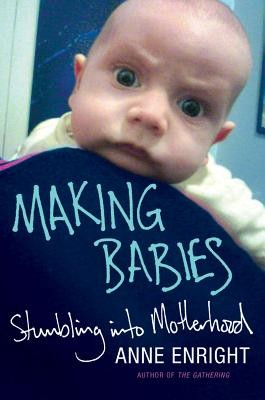
In the not-so-distant past, I mocked Taylor Swift way more than any adult should ever mock a teenage girl they have never met. In my defense, she was an aw-shucks princess who equated a woman with her hymen and slut shamed a brunette version of herself. So she kind of had it coming. But that was circa-2009 Taylor Swift—the Taylor Swift whose ideas about high school all seemed to come from watching reruns of Beverly Hills 90210 on the Soap network. Then John Mayer started holding her hand on the cover of US Weekly and, suddenly, there were no more songs about floppy-haired boys asking for permission to marry her. Now there were songs about assholes, or, more specifically, assholes in fedoras. So Taylor Swift ditched the peasant blouse for short shorts and stopped being America’s perfect country princess. In the process, she became something much more useful. She became our nation’s batshit crazy spirit guide.
People assume that everyone listens to Taylor Swift because her songs are so ridiculously catchy—and yes they are. Anyone who can listen to Red without repeating a song is probably a sociopath who shouldn’t breed. But the real reason she’s so popular is that she taps into the part of your brain that is perpetually stuck at some junior high dance in 1995. It’s the part of your brain that makes you read old text messages months after the relationship ended because you enjoy torturing yourself with this digital cutting ritual. It’s the part of your brain that makes you sleep with the guy who told you, while you were breaking up, that you shouldn’t be angry with him because he always bought you such good take-out. Listening to Taylor Swift’s over-the-top romanticism doesn’t make you feel insane; it makes you feel as though you are part of a really large club that just happens to be kind of crazy. You can even use her catalog as a barometer of how bad the breakup is going. If you stick to Red, you’ll probably be fine, but if you find yourself listening to Fearless, it may be time to admit that you’re not very good at having a vagina.
Continue reading “How I Stopped Worrying and Learned to Love Taylor Swift”









